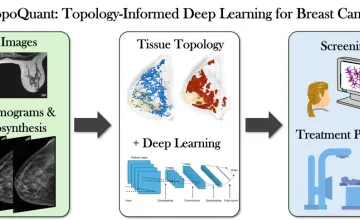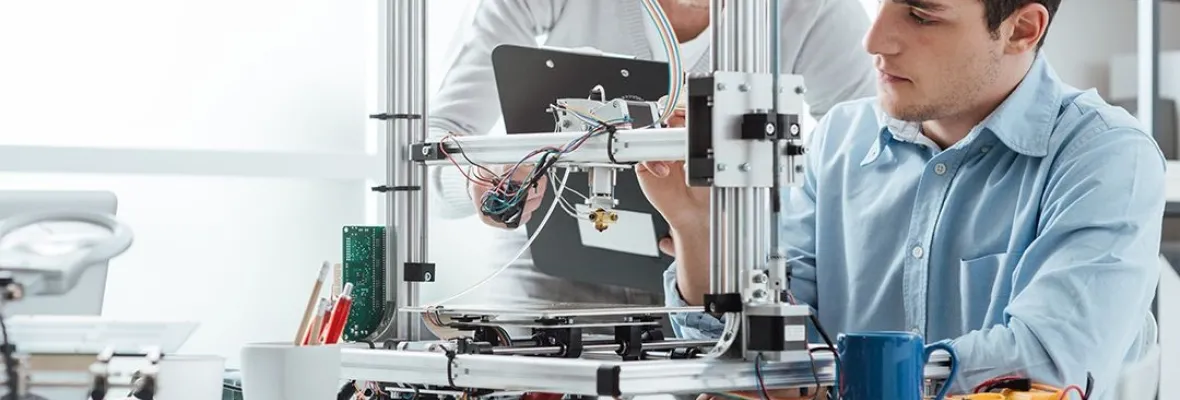AAU universities conduct a majority of the federally funded university research that contributes to our economic competitiveness, health and well-being, and national security. AAU universities are growing our economy through invention and innovation while preparing the next generation of scientists and engineers for global leadership. By moving research into the marketplace AAU universities are helping to create jobs, and provide society with new medicines and technologies.

UMD geologists uncovered evidence of a section of seafloor that sank into the Earth's mantle when dinosaurs roamed the Earth; it's located off the west coast of South America in a zone known as the East Pacific Rise.

Novel research supported by NCI could lead to more specific predictive disease models

A new University of Kansas study reveals parents seeking health care information for their children trust AI more than health care professionals when the author is unknown, and parents rate AI generated text as credible, moral and trustworthy.

Hypertension and amyloid plaques can separately cause dementia. Having both increases a person’s odds of developing cognitive decline, a new study finds
Explore More: University Research
You can filter stories by the university.
Young adults with a history of asthma are at a greater risk of several ailments that can eventually lead to heart failure, according to research from the Tulane University School of Public Health and Tropical Medicine.
Stanford researchers are exploring how corals that recolonized Bikini Atoll after nuclear bomb tests 70 years ago have adapted to persistent radiation. Their work is featured in a PBS series.
A Stony Brook University-led team of researchers has determined the structure of a key enzyme involved with cell growth regulation in cancer and neurodegenerative diseases, including Alzheimer's disease.
In a clinical trial, researchers from the Georgia Institute of Technology found that influenza vaccination using Band-Aid-like patches with dissolvable microneedles was safe and effective.
Researchers at Stanford University combined gecko-inspired adhesives and a custom robotic gripper to create a device for grabbing space debris.
